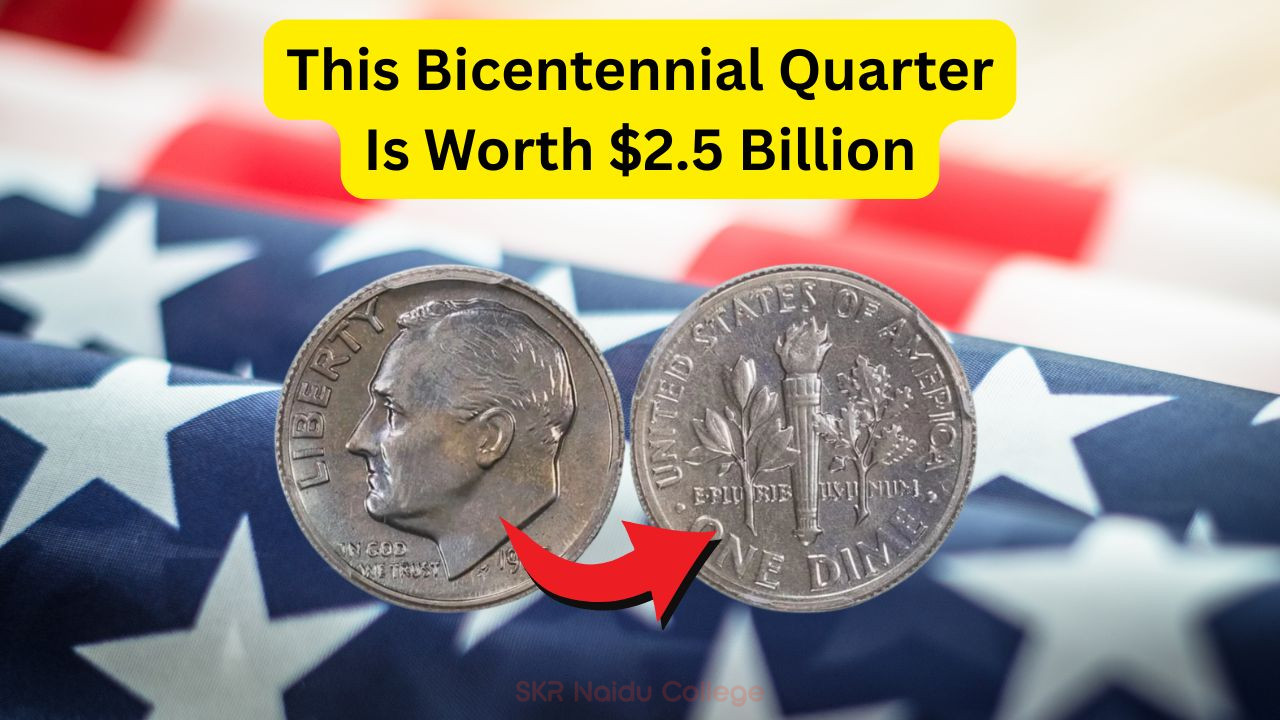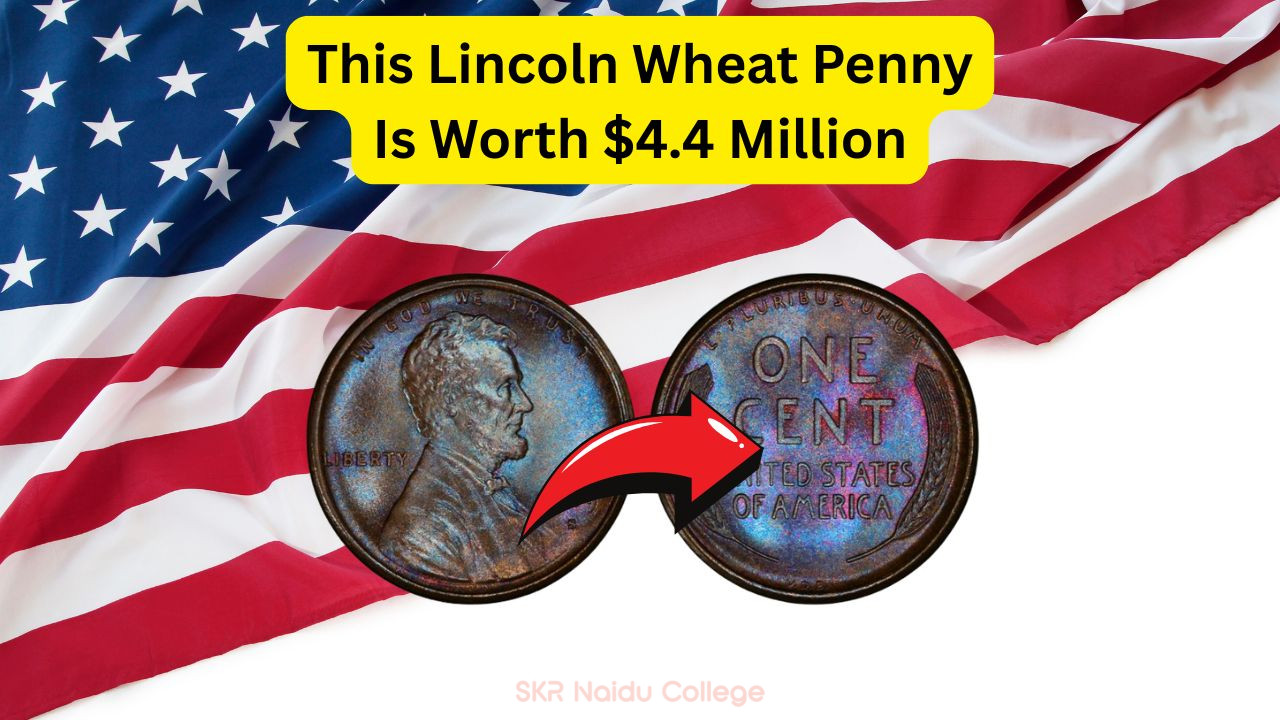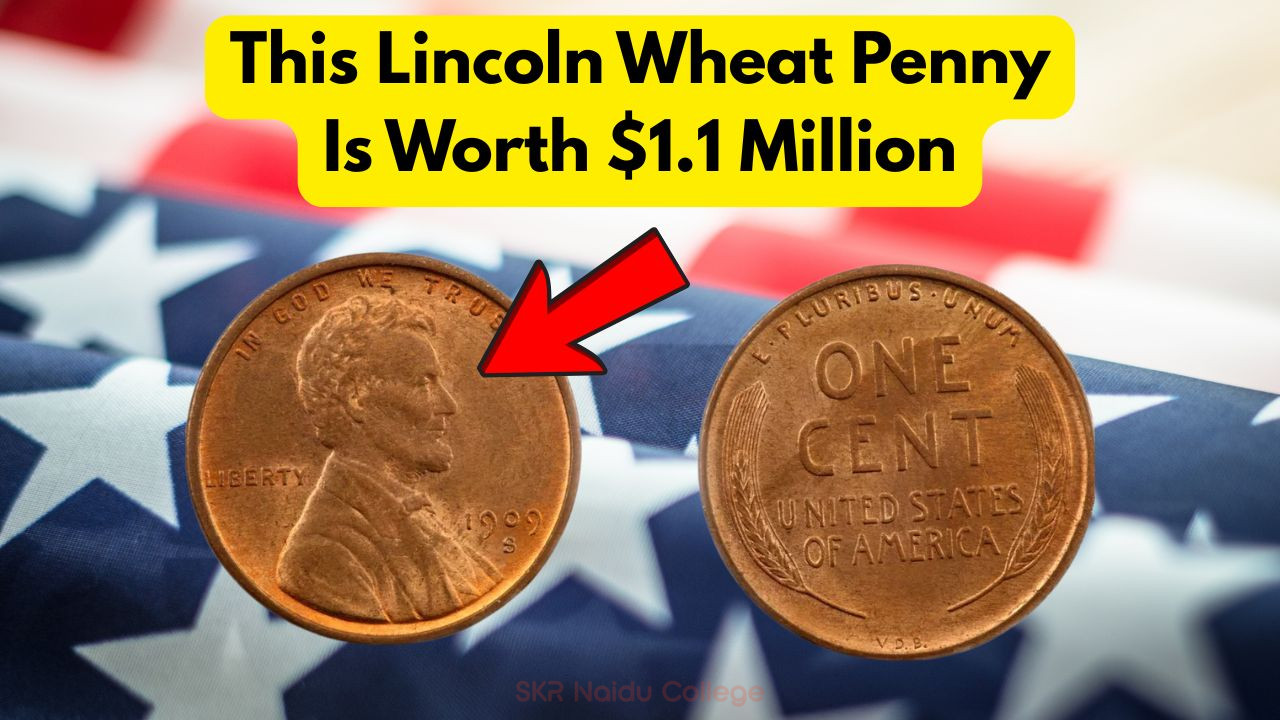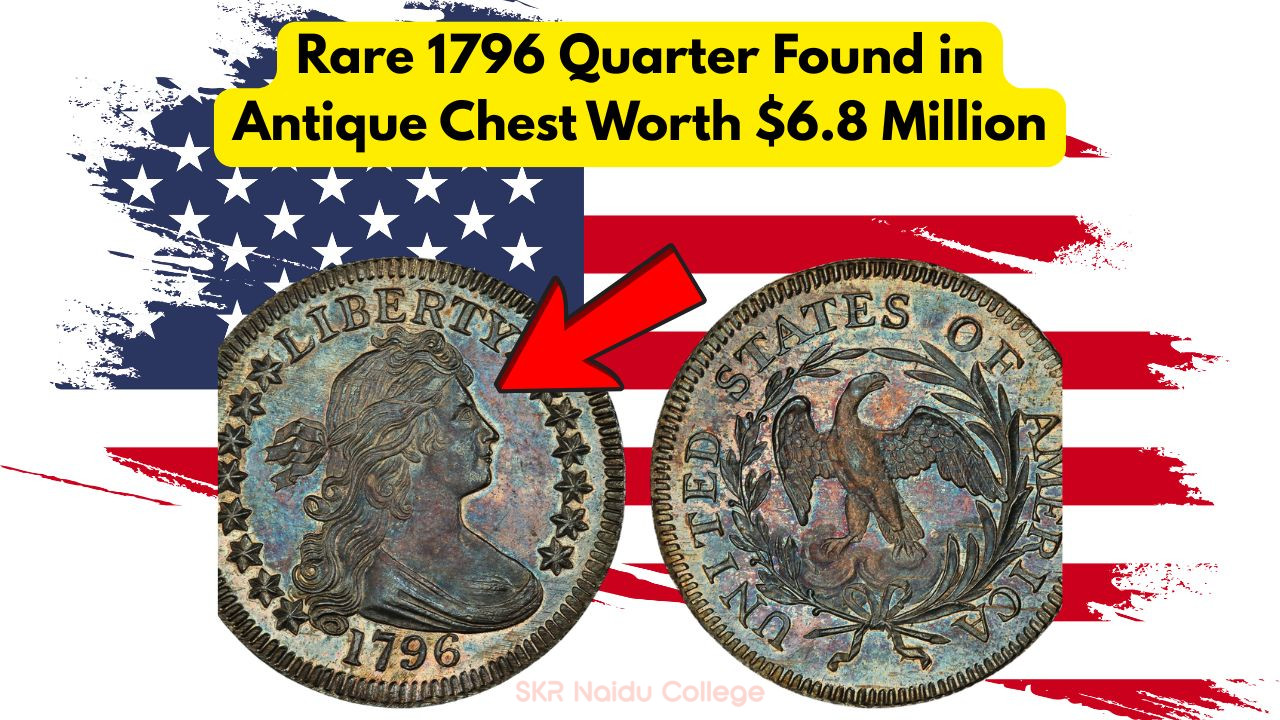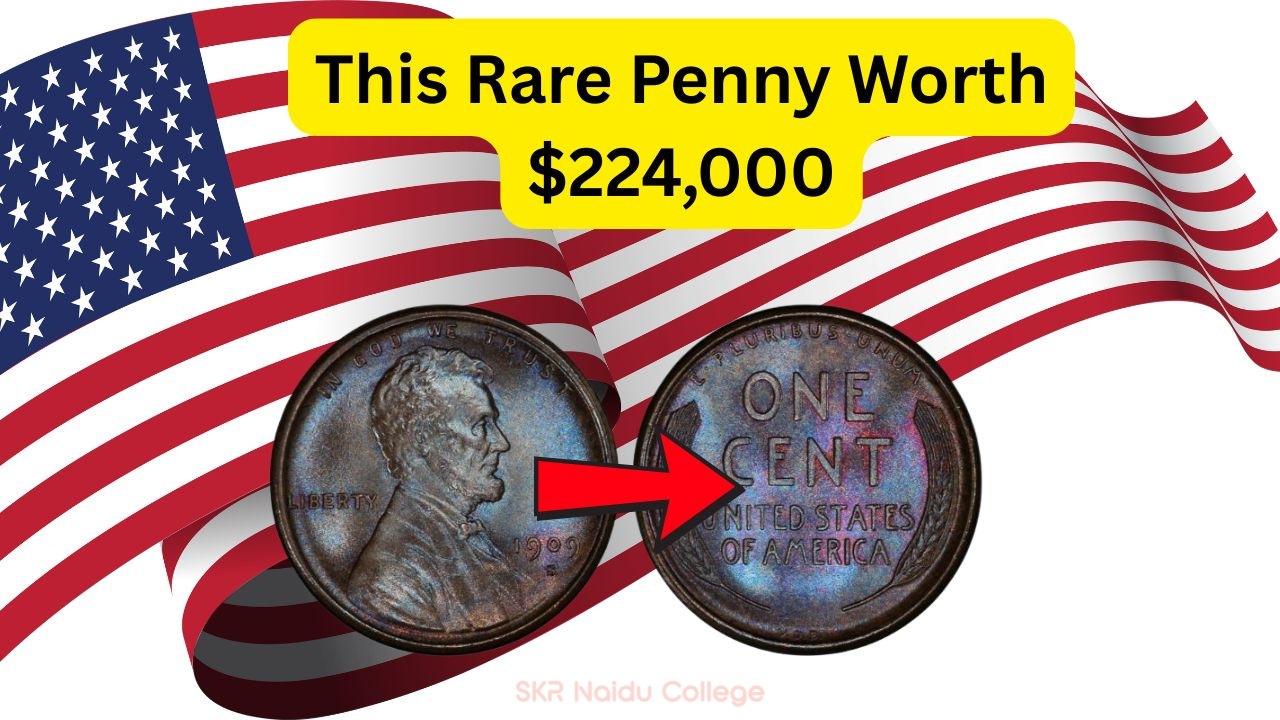This Rare Bicentennial Quarter
Understanding the $2.5 Billion Bicentennial Quarter
This rare bicentennial quarter: Nestled within the pocket change that jingles in your trousers, you might unknowingly possess a treasure trove. The bicentennial quarter, first minted in 1975 to commemorate the 200th anniversary of American independence, is a coin that has been the subject of many numismatic discussions. But could one of these quarters be valued at an astronomical $2.5 billion? The notion seems far-fetched, but understanding what makes a coin valuable can lead to surprising discoveries. In this blog post, we’ll explore the intricacies behind these quarters and what might propel one to such a staggering worth.
- The Design Origin
- Minting Numbers
- Coin Variants
- Historical Significance
- Condition and Grading
- Market Demand
- Rarity and Authenticity
Key Characteristics of Bicentennial Quarters
The United States Mint produced the bicentennial quarter as part of a special series to mark America’s bicentennial celebrations. These coins were minted in 1975 and 1976 and are distinguishable by their unique reverse design featuring a colonial drummer and a torch encircled by thirteen stars. The obverse side retained the traditional portrait of George Washington. Importantly, these coins were minted across various locations, including Philadelphia, Denver, and San Francisco, each bearing distinctive mint marks.
- Design Elements: The colonial drummer and torch motif.
- Mint Marks: P, D, and S represent Philadelphia, Denver, and San Francisco mints, respectively.
- Composition: Composed of copper and nickel, with special silver-clad editions.
- Production Years: Produced in 1975 and 1976, though all bear the date 1776-1976.
- Historical Context: Celebrating 200 years of American independence.
Evaluating the Worth of Bicentennial Quarters
Determining the value of a bicentennial quarter involves several factors, including its historical significance, rarity, condition, and demand among collectors. While most of these quarters are common and circulate widely, a small number of them may possess characteristics that significantly boost their value. For instance, errors during the minting process, such as double strikes or misprints, can render a coin extraordinarily rare and valuable. Additionally, quarters that are part of a limited edition silver-clad series may fetch higher prices.
| Factor | Description | Influence on Value | Examples | Collectors’ Interest | Market Trends | Potential Value |
|---|---|---|---|---|---|---|
| Minting Errors | Mistakes during production | High | Double die | High | Increasing | $500 – $1000 |
| Silver Content | Silver-clad composition | Moderate | San Francisco mint | Moderate | Stable | $10 – $50 |
| Condition | State of preservation | High | MS65 or higher | Very High | Rising | $100 – $500 |
| Rarity | Limited mintage | Very High | Proofs | Very High | Stable | $500 – $2000 |
| Demand | Collector interest | Variable | Popular series | High | Fluctuating | $5 – $20 |
| Pedigree | Provenance | Moderate | Famous collections | Moderate | Increasing | $200 – $1000 |
| Historical Significance | Commemorative aspect | Low | General mint | Low | Stable | $0.25 – $2 |
| Market Availability | Supply in market | Variable | Common finds | Low | Stable | $0.25 – $5 |
Factors That May Elevate a Coin’s Value
Several crucial factors can elevate the value of a bicentennial quarter beyond its face value. Firstly, the condition of the coin plays a pivotal role; coins in excellent condition, known as ‘mint state’, are often more desirable. Secondly, the coin’s rarity, whether due to a limited mintage or unique minting errors, can significantly enhance its market value. Additionally, the demand within the numismatic community for specific types of bicentennial quarters can drive prices upward, particularly if the coin is part of a highly sought-after series or set.
- Mint State Condition: Coins graded MS65 or higher are highly prized.
- Unique Minting Errors: Double dies and off-centers are rare and valued.
- Pedigree: Coins from renowned collections or with historical provenance.
- Limited Edition: Silver-clad or proof versions.
- Collector Demand: Popularity within numismatic circles influences price.
Identifying Rare Bicentennial Quarters
Identifying a rare bicentennial quarter requires a keen eye for detail and an understanding of the nuances that distinguish valuable coins from ordinary ones. Enthusiasts and collectors often seek out specific mint marks, unusual errors, or coins in pristine condition. The mint mark, a small letter indicating where the coin was produced, can be a vital clue. Coins from the San Francisco mint, particularly those with silver content, are typically more valuable. Furthermore, examining the coin’s surface for any anomalies, such as double strikes or die cracks, can reveal hidden treasures.
- Examine for Mint Marks
- Check for Silver Content
- Inspect for Errors
- Assess Condition
- Verify Authenticity
- Consult Expert Appraisals
How to Sell Your Bicentennial Quarter
- Research the Market: Understand current trends and prices.
- Get a Professional Appraisal: Seek expert opinions on value.
- Choose the Right Platform: Consider auctions, online marketplaces, or coin shows.
- Prepare Documentation: Gather proof of authenticity and condition.
Common Misconceptions About Coin Value
Many misconceptions surround the value of coins, particularly rare ones like the bicentennial quarter. A prevalent myth is that age alone determines worth; however, a coin’s age is often less significant than its rarity, condition, and demand. Another misunderstanding is equating face value with market value; coins may be worth much more in the collectors’ market. It’s also a misconception that all silver coins are valuable; while some are, others are more common and hence less sought-after.
- Age vs. Rarity
- Face Value vs. Market Value
- Silver Content Myths
- Condition vs. Circulation
- Misunderstanding Mint Marks
The Role of Numismatic Experts
| Expert | Role | Value Assessment | Market Insights | Authentication |
|---|---|---|---|---|
| Numismatist | Coin grading and valuation | High | Comprehensive | Accurate |
| Appraiser | Formal value determination | High | In-depth | Reliable |
| Historian | Contextual significance | Moderate | Broad | Informative |
| Dealer | Market transactions | Variable | Practical | Professional |
| Collector | Personal valuation | Subjective | Variable | Passionate |
Preparing Your Coin for Sale
Preparing your bicentennial quarter for sale involves several steps to ensure you obtain the best possible price. Start by cleaning your coin carefully, avoiding harsh chemicals that could damage it. Next, have your coin graded by a professional to ascertain its condition and value. Documenting its provenance and any unique characteristics is crucial for establishing authenticity. Finally, choose the right platform for selling, whether it’s an auction, a reputable online marketplace, or a specialized coin show.
- Clean with Care: Use gentle methods to avoid damage.
- Professional Grading: Establishes condition and value.
- Document Provenance: Provides authenticity proof.
- Choose Selling Platform: Auctions, online, or shows.
Where to Buy Bicentennial Quarters
- Local Coin Shops
- Online Marketplaces
- Coin Shows
- Auctions
Future of Bicentennial Quarters in the Market
The future of bicentennial quarters in the market is shaped by several factors, including ongoing collector interest, market trends, and the discovery of new rare finds. As more people enter the numismatic field, demand for unique and historically significant coins like the bicentennial quarter is likely to remain strong. Additionally, as technology advances, more sophisticated methods of authentication and grading will emerge, potentially increasing the value of verified rare coins. Market trends suggest a steady interest in commemorative coins, and as historical milestones continue to be celebrated, the allure of bicentennial quarters is likely to endure.
- Increasing Demand for Commemorative Coins
- Technological Advances in Grading
- Market Trends Towards Historical Coins
Understanding the nuances of the bicentennial quarter market can lead to exciting discoveries and potentially lucrative investments. With the right knowledge and resources, you might just find that the coin in your pocket is worth far more than its face value.
Frequently Asked Questions
Q: What makes a bicentennial quarter valuable?
A: The value is determined by factors like rarity, condition, minting errors, and demand among collectors.
Q: How can I tell if my bicentennial quarter is rare?
A: Look for unique mint marks, errors, and check the coin’s condition; consulting a professional can also help.
Q: Are all bicentennial quarters made of silver?
A: No, only certain editions, like those from the San Francisco mint, have silver content.
Q: Where can I sell my rare bicentennial quarter?
A: You can sell it at coin shops, auctions, online marketplaces, or at coin shows.
Q: Do all old coins have significant value?
A: Not necessarily; a coin’s value depends on factors like condition, rarity, and collector demand, not just age.
